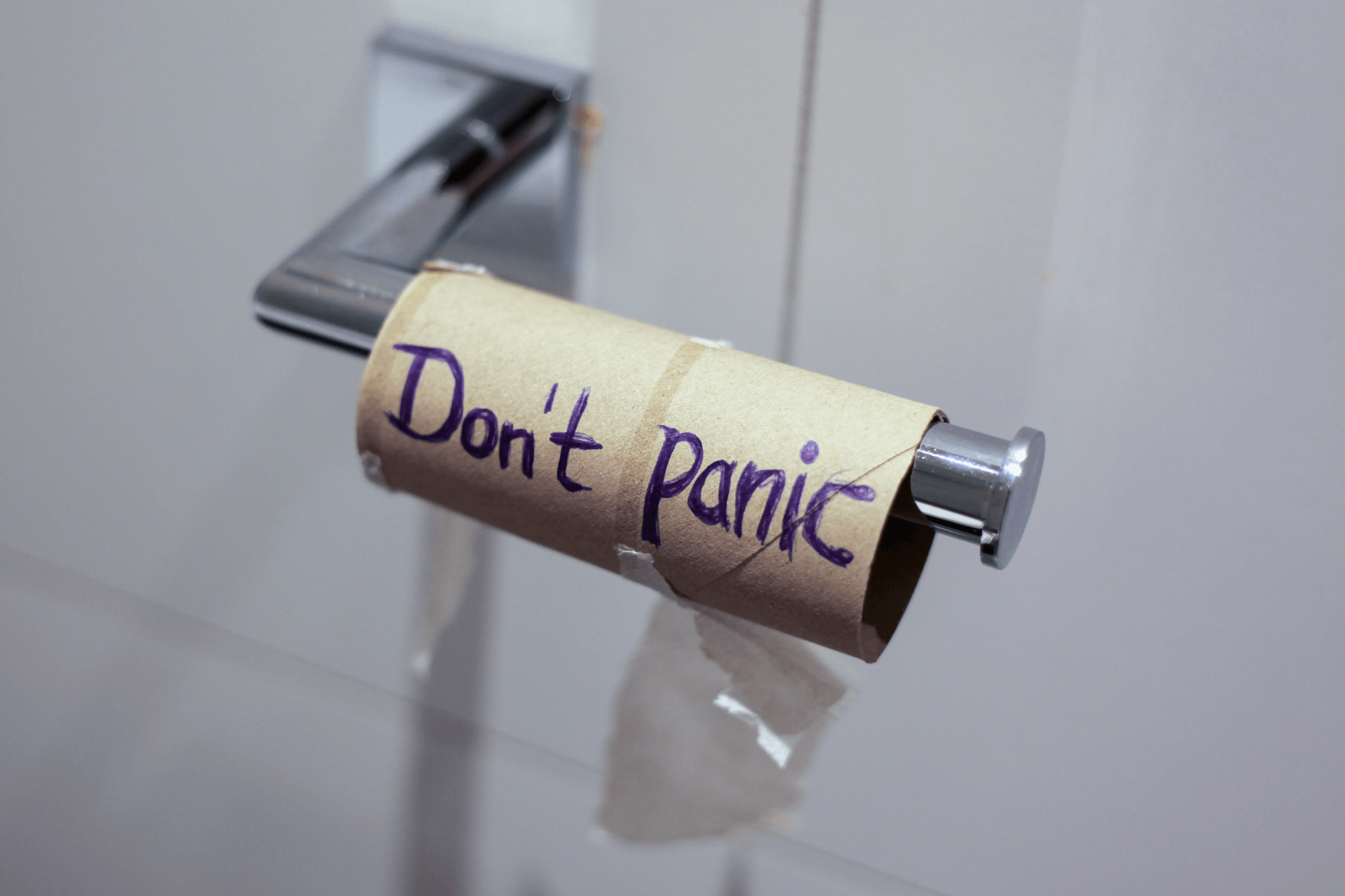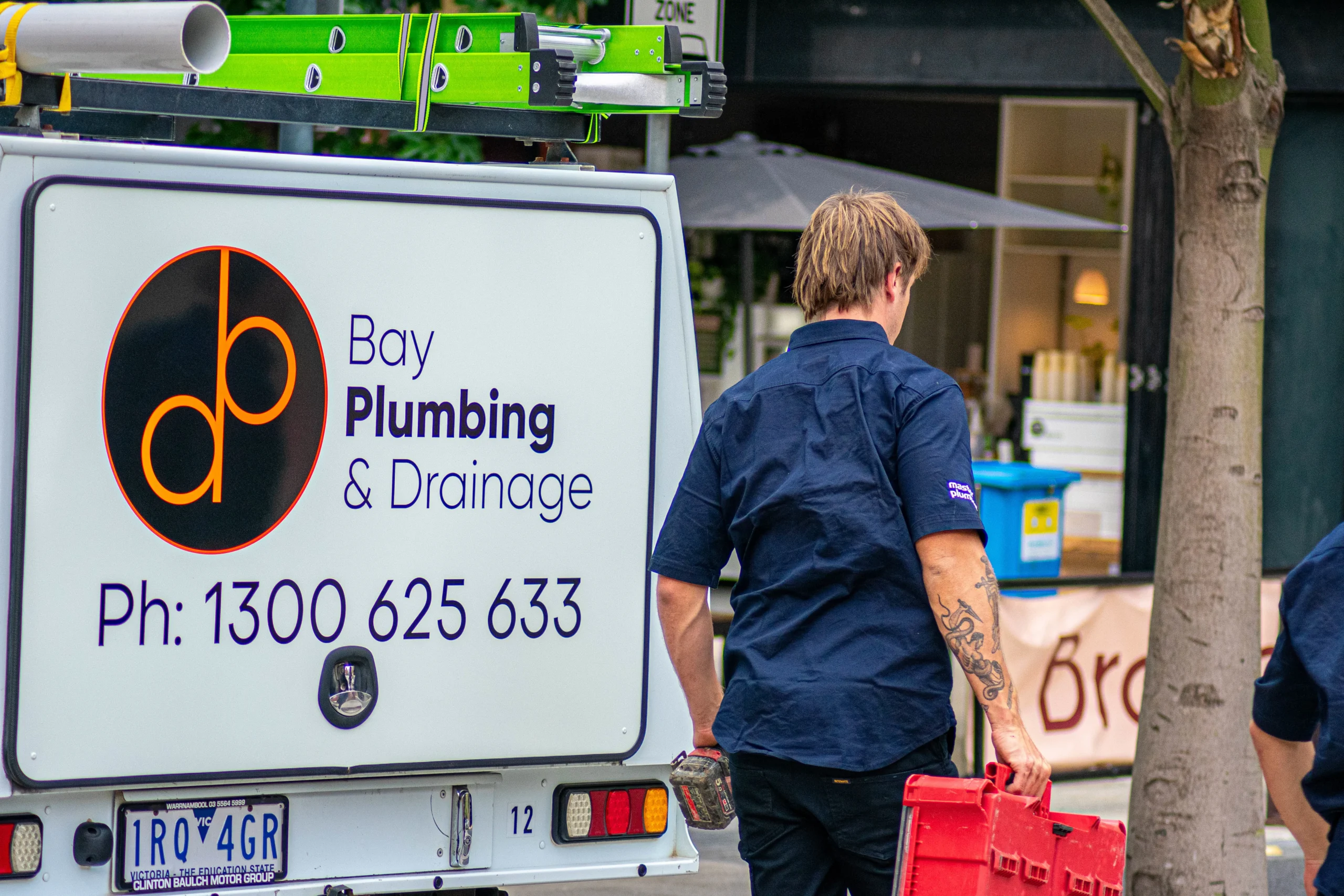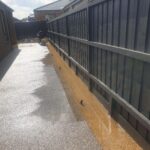Are you wondering how to unblock your toilet, fast?
Quick answer: Pour hot (not boiling) water from waist height, add half a cup of dish soap and wait 10 minutes, or use a flange plunger with steady pumping motions. Most blockages clear within 15 minutes using items you already have at home.
A blocked toilet always happens at the worst possible time. After 19 years clearing blocked toilets across the Geelong, Surf Coast and Bellarine regions, we’ve seen every type of clog you can imagine. The trick is knowing how to unclog a toilet without a plunger, or naturally using the right method for your blockage.
Stop the water first
Before you try anything, find your toilet’s isolation valve (it’s usually behind the toilet near the floor) and turn it clockwise. If water’s already rising, take the cistern lid off and push down on the flapper valve to stop more water getting in.
How to unclog a toilet without a plunger
No plunger? No problem.
The following methods are easy to do and use everyday household items.
Method 1: Hot water and dish soap
- Heat a bucket of water until it’s hot to touch but not boiling
- Pour it into the bowl from waist height
- Let it sit for 10 minutes, as the combo of heat and force often breaks up toilet paper clogs quickly
If the clog has not shifted:
- Squirt half a cup of dish soap into the bowl
- Let it sit for 10 minutes, as the soap will lubricate things while breaking down the waste
- Repeat the above steps with water
Method 2: Baking soda and vinegar
- Add a cup of baking soda to the bowl water
- Pour in two cups of white vinegar, as the fizzing reaction will help break down the clog
- Wait 30 minutes, then flush with hot water

The best way to unclog a toilet with tools
When household items won’t cut it, don’t panic. These tools will easily help tackle stubborn blockages:
Tool 1: A plunger
- Grab a flange plunger (the one with an extended rubber cup)
- Make sure there’s enough water covering the plunger head and position it over the drain hole
- Push down gently to create a seal
- Pump firmly for 20 seconds using steady pressure, not brute force. The vacuum you create pulling up often does more work than pushing down, while slow, steady pumps create better suction and clear things faster
Tool 2: Toilet auger
A toilet auger reaches blockages deep in the trap.
- Feed the cable into the drain while cranking the handle clockwise
- When you hit resistance, keep the pressure on and keep cranking until the resistance breaks up or you can pull the blockage out
We worked with a client in Torquay last winter who was dealing with winter plumbing problems, including a toilet blocked by a kid’s toy car stuck in the trap. The auger had it out in minutes.
When to call a professional for help
Some blockages need pro gear. If you hear gurgling sounds from other drains when you flush, see sewage backing up into your shower, or notice strange smells from drains around your house, you will need to call in a professional plumber.
We recently had one client who’d cleared her toilet three times in a week before ringing us. Our CCTV drain camera showed tree roots had created a web in her sewer line 6 metres from the house. Using hydro-jet equipment, we cleared the roots and used pipe relining to repair the damaged section, all without major excavation.
Tree roots like this can invade sewer lines causing blockages that clear temporarily but come back within days. Hard objects like sanitary products or those so-called “flushable” wipes will often lodge in the trap and need professional removal. And sometimes the issue isn’t a blockage at all – it could be damaged pipes, incorrect pipe slopes, or even a blocked vent stack affecting your flush performance.
Our diagnostic approach uses CCTV cameras to pinpoint the exact location and cause of blockages, ensuring we fix the real problem, not just the symptoms. We check everything from pipe condition and compliance with Australian plumbing standards to root intrusion and structural issues.

What not to do
Chemical drain cleaners are often suggested as the best way to unclog a toilet, however they make things worse as the harsh chemicals can damage your pipes and create dangerous fumes when mixed with other products.
Pro tip: Don’t keep flushing if the water’s not draining as each flush just adds more water and can get you into trouble. Also, despite what some internet guides suggest, never pour boiling water straight into your toilet bowl as it can crack the porcelain.
Preventing future blockages
We recommend keeping a decent plunger and toilet auger under the sink, as having the right gear ready saves panic when blockages strike.
However, in order to prevent future blockages, only flush toilet paper and human waste.
Do not flush:
- Sanitary items
- Wipes (even the “flushable” kind)
- Cotton buds
- Dental floss
- Paper towels
- Toilet deodorisers and clips
- Any other rubbish
Regular maintenance helps too – inspect your cistern and flush valve every 6–12 months, and if you have older trees on your property, consider scheduling a preventative drain inspection to catch root issues before they become major blockages.
Give us a call
When you’re dealing with sewage backup, recurring blockages, or you’ve tried everything without luck, give our team at Bay Plumbing a call on 1300 625 633, or book a service today.
We offer 24/7 emergency service across Geelong, the Surf Coast and Bellarine regions, and every job is backed by our lifetime labour guarantee. We don’t just clear blockages – we solve the real problem so it doesn’t happen again.
We’ll have your toilet flowing properly again, fast.









